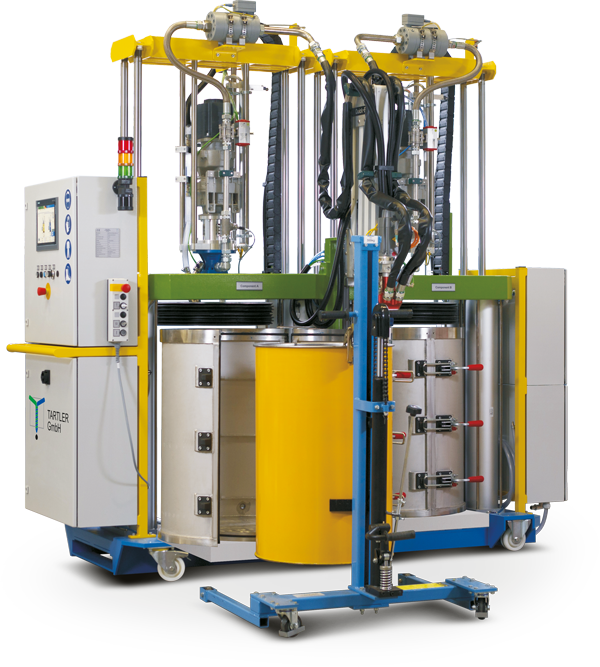There are 3 possibilities to change drums... A comparison of the current standard, the vacuum-assisted system and the brand new vacuum drum change
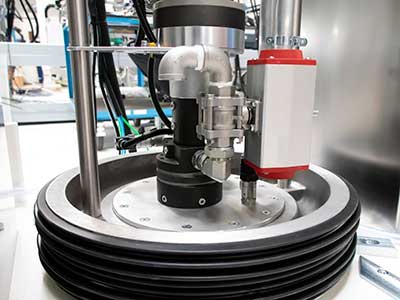
1. option: manual drum change
The manual drum change is still the common practice, but problematic: The drum deaeration is carried out manually via a valve or similar. This means loss of material, risk of splashing and no guarantee for air-free operation under the follower plate. This air easily leads to disruptions in the system.
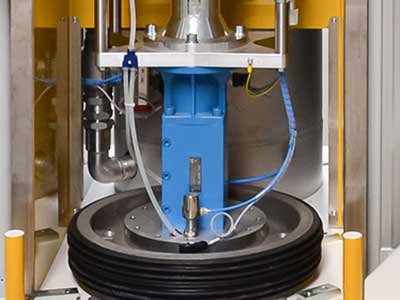
2. option: drum change with vacuum-assisted follower plate
The drum change with our patented follower plate enables a middle way. The vacuum-assisted follower plate deaeration increases process reliability and reduces material loss. However, hazardous air in the system cannot be completely prevented.
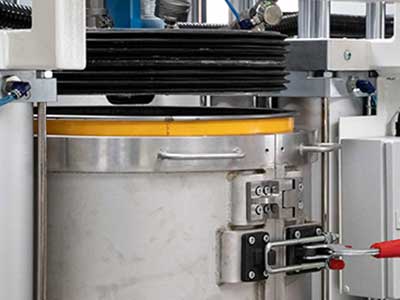
3. option: vacuum drum change
Our patented vacuum drum (TAVA) functions like a vacuum chamber, which allows a very high vacuum (-0.97 bar) to be produced in the drum. Since no air is introduced into the system during the drum change, we guarantee absolute process safety, there is no loss of material and no risk of splashing.
Comparison of the 3 versions of drum change of follower plate systems for highly viscous components
In a nutshell: Advantages and disadvantages
1. option: manual drum change
- hazardous spalsh of material
- permanent stay of operator at the machine
2. option: drum change with vacuum-assisted follower plate
- possible splash of material
- only -0,2 bar vacuum reached
- no loss of material
- no monitoring necessary
- no permanent stay of operator at the machine
3. option: vacuum drum change
- no hazardous splash of material = absolute process safety!
- maximum vacuum of -0,97 bar reached (up tp 30 mbar)
- no loss of material
- no monitoring necessary
- no permanent stay of the operator at the machine
The third option for pasty resins TARTLER’s new vacuum system sets the standard when it comes to drum changes
Quickly and safely changing component drums ranks among the key process steps when processing high-viscosity polyurethane and epoxy resins and silicones. The possibility and risk of air getting into the system or the process during the drum change is a tricky issue. When subsequently pumping out and processing the material, this “harmful air” then causes technical disturbances, which in some cases can even endanger the safety of the machine operator. Common follower plate devices do little to change this. TARTLER’s new fully automatic vacuum deaeration system with a vacuum drum eliminates all those issues.

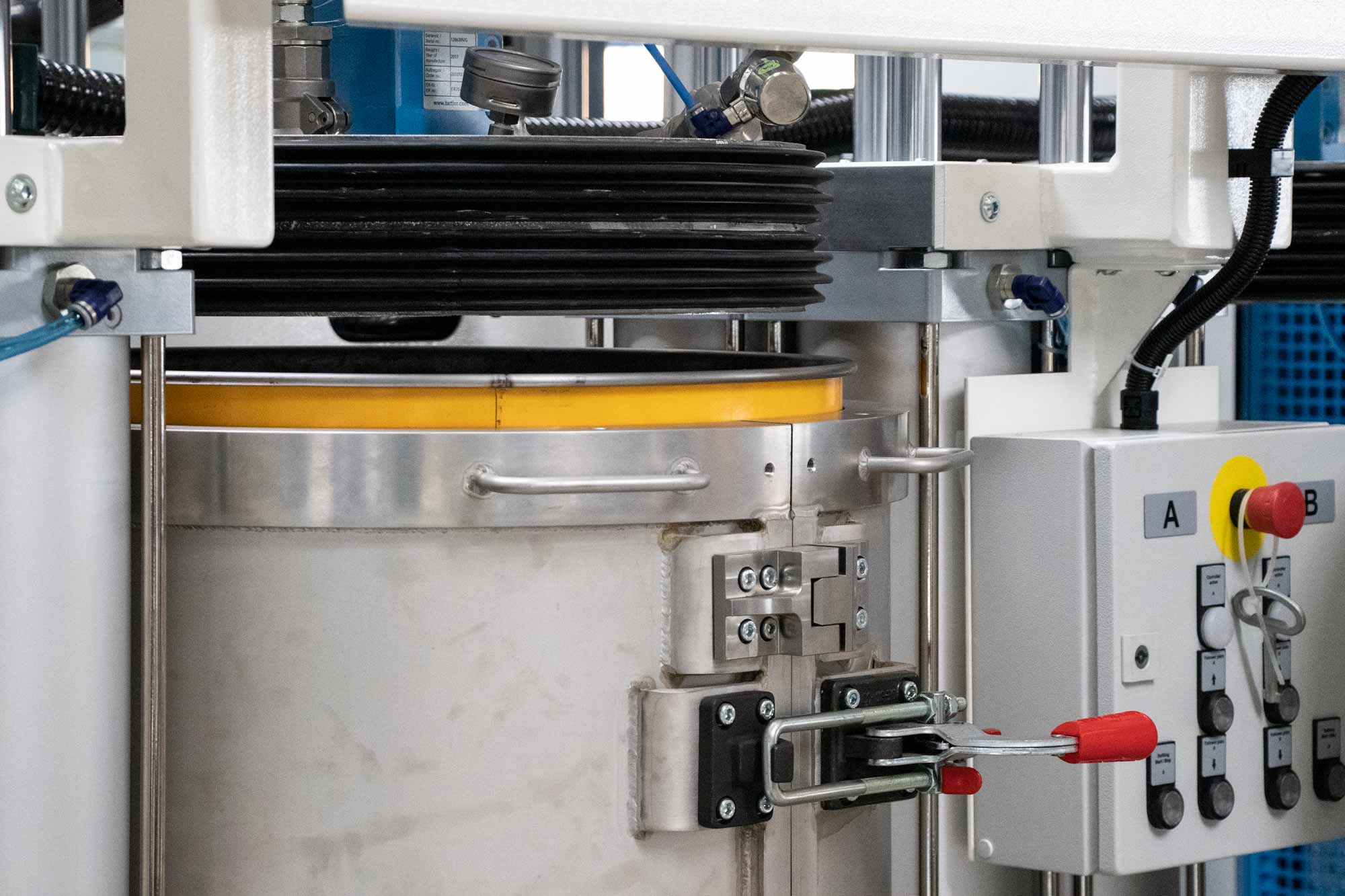
Interested? Give us a call!
+49 6061 9672-0
You prefer writing an email?
Please use the contact form below.


